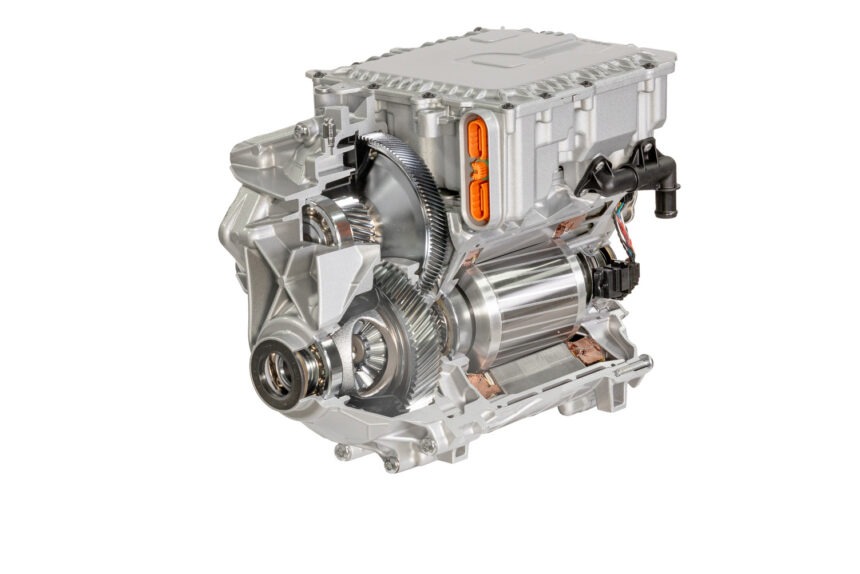The transition from traditional combustion engines to electric vehicles (EVs) is revolutionizing the automotive industry. Electric cars are not only environmentally friendly but also boast advanced engineering that offers smoother rides and lower maintenance costs. To truly appreciate these marvels of modern technology, it’s essential to understand the components that power them and how these parts work together seamlessly. In this blog, we’ll explore the critical parts of an electric car and unravel their functionalities.
1. The Electric Motor: Heart of the EV
The electric motor is arguably the most crucial component of any electric vehicle. Unlike traditional internal combustion engines, electric motors convert electrical energy directly into mechanical energy to drive the wheels. These motors operate on the principles of electromagnetism, utilizing a combination of magnetic fields and electric currents to produce motion.
Electric motors are incredibly efficient, often achieving efficiency levels above 90%. Most EVs use one of three types of electric motors:
- Induction Motors: Known for their reliability and robust performance.
- Permanent Magnet Synchronous Motors (PMSM): Favored for their compact design and high efficiency.
- Brushless DC Motors (BLDC): Valued for their simplicity and low maintenance.
Each type of motor offers unique advantages depending on the design and purpose of the vehicle, ensuring optimal performance across different EV models.
2. Battery Pack: The Energy Reservoir
The battery pack serves as the energy storage system for electric cars, supplying the power needed to run the motor and other vehicle components. Lithium-ion batteries are the most common choice due to their high energy density, longevity, and ability to recharge quickly.
Key components within the battery system include:
- Cells: Individual units that store and release energy.
- Battery Management System (BMS): Ensures safety and optimal performance by monitoring temperature, voltage, and current.
- Cooling Systems: Prevent overheating to maintain efficiency and longevity.
Battery capacity is measured in kilowatt-hours (kWh), which directly impacts an EV’s driving range. Advanced technologies like solid-state batteries are being developed to enhance performance further, promising even longer ranges and faster charging times.
3. Inverter: Bridging DC and AC Power
The inverter is a critical intermediary between the battery and the motor. While batteries store energy in direct current (DC), most electric motors operate on alternating current (AC). The inverter’s job is to convert DC from the battery into AC for the motor. Additionally, it regulates the power flow based on the driver’s input, ensuring smooth acceleration and deceleration.
Modern inverters are highly efficient and come equipped with advanced algorithms to optimize energy usage, contributing to better overall vehicle performance and range.
4. Charging System: Keeping the Car Energized
Electric vehicles rely on charging systems to replenish their batteries. Charging systems can be broadly classified into three categories:
Level 1 Charging: uses standard household outlets, providing a slow but convenient charging option.
Level 2 Charging: requires a dedicated charging station and offers faster charging speeds.
DC Fast Charging: Ideal for long trips, as it can charge an EV up to 80% in less than an hour.
Advancements in wireless and ultra-fast charging technologies are poised to make EV ownership even more convenient, reducing charging times and enhancing the user experience.
5. Regenerative Braking: Harnessing Energy
Regenerative braking is an ingenious feature of electric vehicles that converts kinetic energy into electrical energy during braking. This recovered energy is stored in the battery for future use, improving overall efficiency and reducing wear on traditional braking components.
This system not only enhances the driving experience but also significantly contributes to an EV’s energy efficiency, making it a vital component of the overall design.
Understanding the core components of electric cars highlights the sophistication and innovation driving the EV revolution. From the powerful electric motor to the energy-efficient regenerative braking system, each part plays a critical role in delivering an unparalleled driving experience. As technology continues to evolve, the future of electric vehicles promises even greater advancements, making them an integral part of sustainable transportation.

